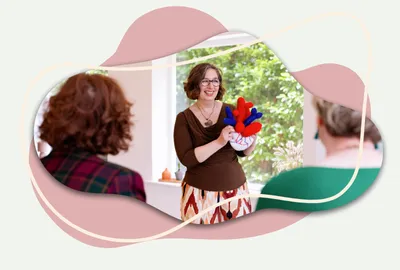
Your Hormones Aren’t Broken
They’re Trying to Talk to You
Functional medicine for women who are done being dismissed, gaslit, or stuck on the hormonal hamster wheel
What We Do (aka Why You’re Here)
You’ve tried being "good." You’ve tried powering through. You’ve done yoga, taken the supplements, maybe even tried HRT.
But deep down, you know there’s more to the story.
Welcome to The Living Herb.
We specialise in whole-endocrine, research-led, natural-first functional medicine. That means we look at your entire hormonal ecosystem (thyroid, adrenals, ovaries, insulin, cortisol, gut) and treat you, not just your symptoms.
If you’re navigating perimenopause, PCOS, endo, infertility, or post-cancer recovery, you're in the right place. We combine science with sisterhood to help you reclaim your power.
Start small. Change everything.


What Makes Us Different
We don’t believe your hormones are the enemy.
We do believe in real testing, real conversations, and real change.
We build your care plan around you: your biology, your life, your goals.
This isn’t a fad. It’s functional medicine that works with your body.
How We Can Support You
You deserve more than 7-minute appointments and "everything looks normal."
Our support options:

Work with Victoria
Personalised, science-led, natural healthcare to help you decode symptoms, reclaim energy, and trust your body again.

The REVIVE Experiment
A six-step, whole-endocrine reset programme designed to calm chaos, restore rhythm, and spark real transformation.

The Health Rebels
A free membership for women who want radical hormone literacy, sisterhood, and sustainable long-term health changes.

Meet Victoria
Hi, I’m Victoria, a functional medicine practitioner and medical herbalist with a not-so-secret passion for decoding women’s hormones.
I blend clinical science with compassionate care to help high-achieving women get answers, feel vibrant, and trust their bodies again.
Events and Freebies
Guidebooks, challenges, retreats, masterclasses, and hormone workshops to keep you informed and inspired.

Ready to Start?
Let’s talk.
Book a free consultation and we’ll explore what’s going on and what’s possible.
`Functional Medicine
How we support you
Resources
Connect
Legal

© Copyright 2025. The Living Herb. All Rights Reserved.